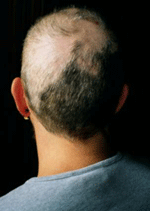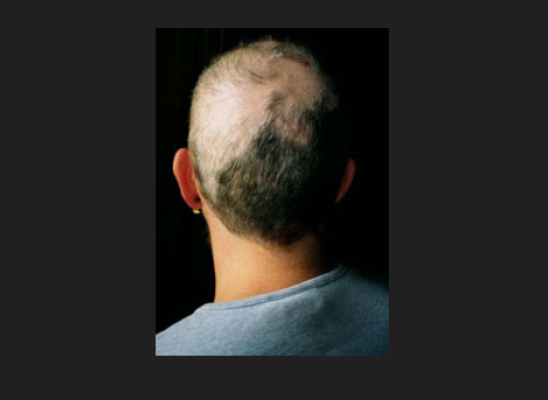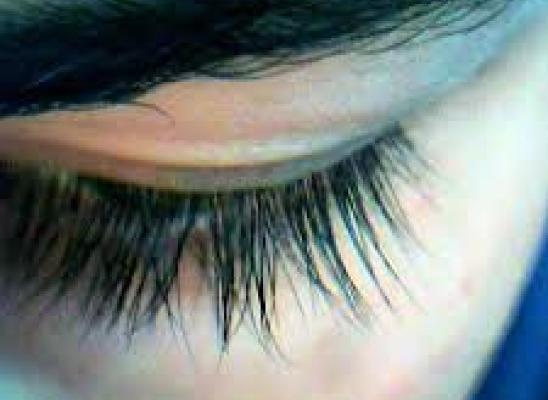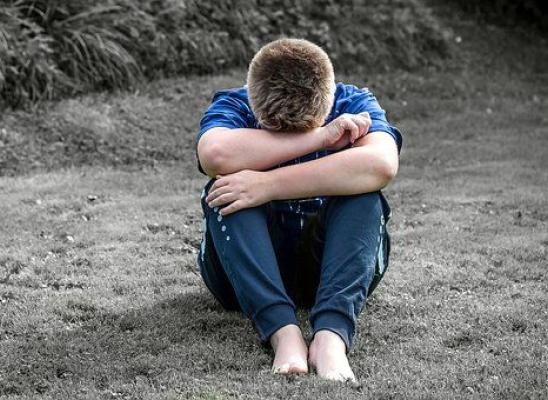Trichotillomania Symptoms

Online test
Find out the severity of your symptoms with this free online test
Like any disorder, trichotillomania (also known as trich) has its own array of signs and symptoms that mark its presence within a person. However, these trichotillomania symptoms not only present themselves physically, but mentally and emotionally as well. While it can be argued that the unseen mental symptoms of trichotillomania are much more devastating than the physical effects that can be seen, the visible symptoms for trich can be every bit as serious, since they are somewhat responsible for the cultivation of the negative emotional signs.
Physical Symptoms of Trichotillomania
The most obvious physical symptoms for trich are related to the creation of bald or missing patches of hair. This hair can be pulled from the following areas on the body, ranging from most common to least common:
- Scalp
- Eyelashes
- Eyebrows
- Face
- Arms and Legs
- Pubic Hair
Hair that is pulled from the scalp can have adverse effects on a trichotillomania sufferer’s hair health, as people with the disorder may experience hair of different lengths, broken hairs with blunt ends, some hair that is broken mid-shaft, or new hair growth with tapered ends. Hair that is pulled from the eyebrows could also leave this segment of hair looking sparse.
Another one of the physical symptoms of trichotillomania is focused on the skin. If a person suffering from the disorder continually pulls hair from the same place, the skin in that region can get irritated and inflamed. Over the course of time, the affected skin could become infected.
Also, if hair pulling continues over a long period of time, the person suffering from the disorder could experience extensive physical damage. This could include a permanent loss of hair from the affected regions, and it can also include issues that are related to repetitive motion injuries, such as carpal tunnel syndrome.
While most of the physical trichotillomania symptoms are visible, there are some that are not readily seen. If a person suffering from trich has a tendency to ingest the hair that has been pulled, there could be a chance that the hair eventually causes a gastrointestinal blockage. In some cases, this blockage could create a hair ball (trichobezoar), which could be fatal if not surgically removed.
Mental and Emotional Symptoms of Trichotillomania
The mental and emotional signs and symptoms of trichotillomania tend to be complex in nature. For one thing, they can stem from the physical symptoms as they progress and grow over time, but they can also be in place from the outset of the hair pulling. Studies show that one of the causes of trichotillomania can be due to an incident of high stress or anxiety; these emotions could linger and build up with the reoccurrence of hair pulling.
The negative emotions of depression and anxiety also create a vicious cycle that can perpetuate trichotillomania. This is because in some cases, trichotillomania can be used by those that suffer from the disorder to cope with anxiety or depression. However, a person may immediately feel guilt, shame, or depression after a hair pulling episode, which could in turn trigger an uncontrollable urge to re-engage in hair pulling as a coping mechanism.
These negative emotions of anxiety and depression can expand to other psychological effects that can be equally damaging. A person whose depression stems from hair pulling could feel a significantly low sense of self-esteem, as they may be fearful of being shunned by friends or made fun of by peers. These fears could lead to a desire for the trichotillomania sufferer to become isolated and withdraw from various social situations. For example, the person afflicted by the disorder may choose to avoid activities like swimming, or they may choose to not step outside when the weather is windy. Some people may also go out of their way to avoid intimacy out of fear that their disorder may be exposed. Over time, these negative psychological conditions could lead the trichotillomania sufferer to engage in other destructive behavior as a means to cope with this self-imposed isolation, such as turning to drugs or excessive amounts of alcohol.
Adding to this complexity is the fact that trichotillomania may be a symptom of a larger underlying problem, and that the act of pulling hair may be a sign that a person is suffering from a deeper issue, such as post traumatic stress disorder.
Treating the Symptoms
People that suffer from trichotillomania will develop various masking schemes in order to hide the physical symptoms of the disorder. Some of these schemes involve the use of wigs, hats, eyebrow pencil, or false eyelashes.
Because the physical and emotional symptoms of hair pulling can affect a person in such a negative manner, it becomes important to the trichotillomania sufferer to seek out some measure of treatment or support. Non-profit organizations designed to aid people that suffer from trich will often feature venues where the sufferer can obtain a wig. Additionally, these same groups will have a listing of all of the local support groups in the area specifically designed for hair pullers, as well as a guide in how a person suffering from trichotillomania can start a support group of their own. The underlying goal of treating trichotillomania is to help a person gain a measure of control over the disorder; this in turn will aid in reversing some of the signs and symptoms that are associated with the condition.
Online test
Find out the severity of your symptoms with this free online test
Start your journey with TrichStop
Take control of your life and find freedom from hair pulling through professional therapy and evidence-based behavioral techniques.
Start Now



